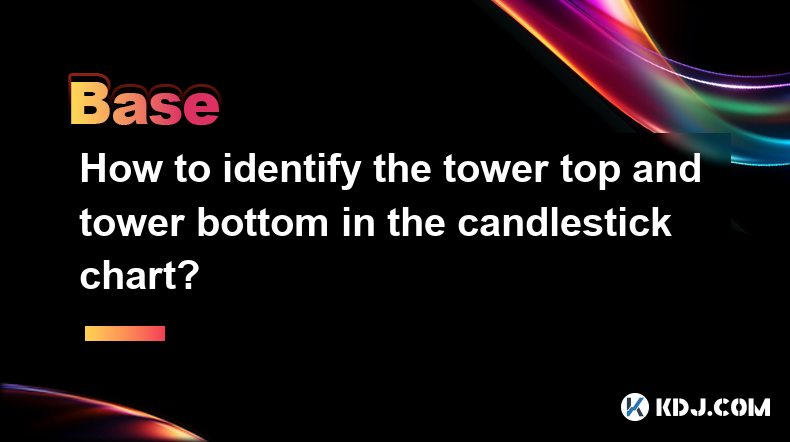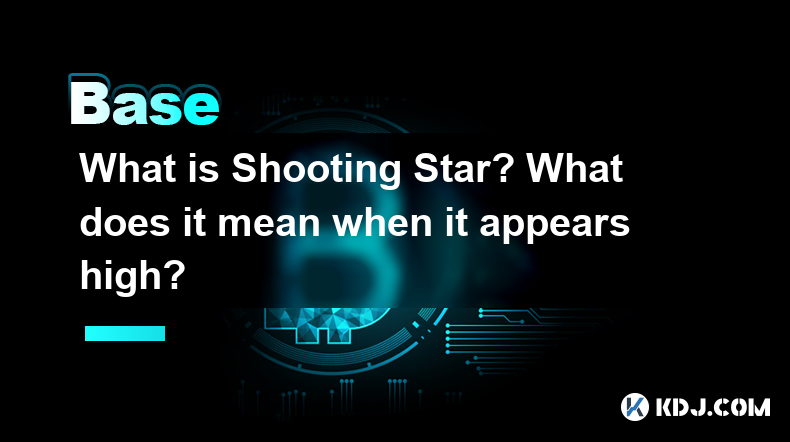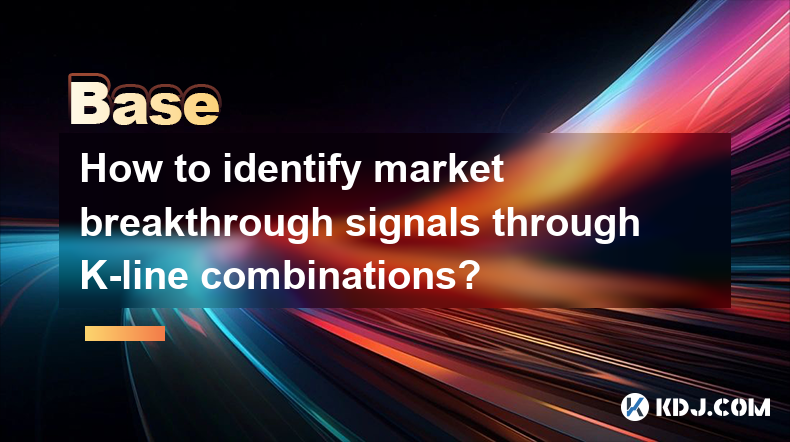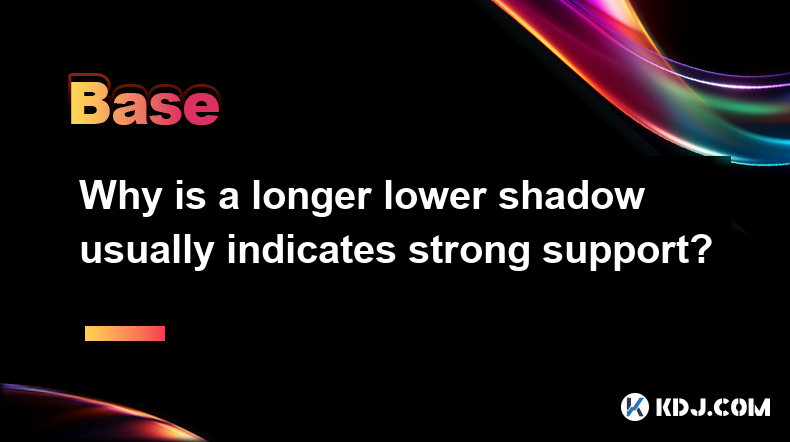-
 Bitcoin
Bitcoin $83,649.7703
-1.06% -
 Ethereum
Ethereum $1,818.4708
-2.72% -
 Tether USDt
Tether USDt $1.0000
0.01% -
 XRP
XRP $2.0495
-3.21% -
 BNB
BNB $597.8591
-1.20% -
 Solana
Solana $118.6021
-5.26% -
 USDC
USDC $1.0000
0.01% -
 Dogecoin
Dogecoin $0.1642
-3.52% -
 Cardano
Cardano $0.6526
-2.99% -
 TRON
TRON $0.2343
-0.56% -
 Toncoin
Toncoin $3.7346
-7.00% -
 UNUS SED LEO
UNUS SED LEO $9.4260
0.63% -
 Chainlink
Chainlink $12.9796
-3.63% -
 Stellar
Stellar $0.2617
-1.79% -
 Avalanche
Avalanche $18.3920
-4.15% -
 Sui
Sui $2.3105
-2.61% -
 Shiba Inu
Shiba Inu $0.0...01222
-0.74% -
 Hedera
Hedera $0.1630
-1.67% -
 Litecoin
Litecoin $83.6143
1.85% -
 Polkadot
Polkadot $4.0068
-2.05% -
 MANTRA
MANTRA $6.3564
2.37% -
 Bitcoin Cash
Bitcoin Cash $306.7380
0.76% -
 Bitget Token
Bitget Token $4.5736
-0.36% -
 Dai
Dai $1.0001
0.01% -
 Ethena USDe
Ethena USDe $0.9998
0.00% -
 Pi
Pi $0.6284
-6.81% -
 Hyperliquid
Hyperliquid $11.9330
-10.11% -
 Monero
Monero $213.7810
-0.49% -
 Uniswap
Uniswap $5.9757
-2.02% -
 Aptos
Aptos $5.2294
-1.01%
What Leads to Accepting Risk in a Company?
Organizations' risk acceptance is influenced by various factors, including leadership's risk appetite, industry context, regulatory landscape, organizational culture, risk management capabilities, financial resources, and reward systems.
Oct 16, 2024 at 03:02 pm

Factors Leading to Risk Acceptance in Organizations
Organizations often face decisions that involve a degree of risk. Accepting risk can be crucial for driving growth, innovation, and competitiveness. However, it is essential to understand the factors that influence organizations' willingness to accept risk.
1. Leadership and Risk Appetite
The risk tolerance of an organization is largely shaped by its leadership. CEOs and senior executives set the tone for risk-taking by defining the organization's risk appetite, which is the level of risk they are willing to accept to achieve strategic goals. A high-risk appetite encourages employees to pursue innovative ideas and projects, while a conservative approach favors stability over growth.
2. Industry and Competitive Landscape
The industry in which an organization operates can influence its risk appetite. Companies in highly dynamic and competitive industries, such as technology and entertainment, may be more inclined to take risks to stay ahead of competitors. Conversely, organizations in stable and regulated industries, such as utilities and banking, tend to have lower risk tolerances to ensure compliance and customer confidence.
3. Regulatory Environment
The regulatory landscape can impact an organization's risk acceptance. Strict regulations can limit the types of risks an organization can undertake, while a lenient regulatory environment may encourage greater risk-taking. Companies operating in jurisdictions with robust governance and enforcement mechanisms typically have a more cautious approach to risk.
4. Organizational Culture
The culture of an organization plays a significant role in determining its risk appetite. A culture that values innovation, experimentation, and learning fosters a higher tolerance for risk. On the other hand, a culture that emphasizes risk avoidance and conservatism may discourage employees from taking calculated risks.
5. Risk Management Capabilities
The effectiveness of an organization's risk management capabilities can influence its perception of risk. Companies with a robust risk management system, including well-defined processes, tools, and metrics, are better equipped to assess and mitigate risks, which can increase their appetite for risk.
6. Financial Resources
An organization's financial resources can impact its risk tolerance. Companies with ample financial resources may be more willing to accept risks because they have a greater capacity to absorb potential losses. Conversely, organizations with limited financial resources may be more conservative in their risk-taking to avoid financial distress.
7. Reward Systems
The reward systems within an organization can influence risk-taking behavior. Incentives and bonuses based on risk-taking can encourage employees to take on more risk, while penalties for risk failures can discourage risk-taking.
Conclusion
Accepting risk is a complex decision that involves a careful assessment of multiple factors. From leadership and industry dynamics to cultural norms and risk management capabilities, a variety of influences shape an organization's willingness to embrace risk. Understanding these factors is crucial for organizations to make informed decisions, balance risk and reward, and drive sustainable growth and innovation.
Disclaimer:info@kdj.com
The information provided is not trading advice. kdj.com does not assume any responsibility for any investments made based on the information provided in this article. Cryptocurrencies are highly volatile and it is highly recommended that you invest with caution after thorough research!
If you believe that the content used on this website infringes your copyright, please contact us immediately (info@kdj.com) and we will delete it promptly.
- Ernst & Young (EY) Unveils Nightfall_4, a Zero-Knowledge (ZK) Rollup Architecture
- 2025-04-03 16:45:13
- Investing in racehorses has traditionally been the preserve of the super wealthy and elite
- 2025-04-03 16:45:13
- Bitcoin price struggles on its daily charts as crypto market liquidations cross $500M.
- 2025-04-03 16:40:12
- TRON Founder Justin Sun Accuses First Digital Trust (FDT) of Insolvency
- 2025-04-03 16:40:12
- Coin Master Free Spins Links April 3, 2025
- 2025-04-03 16:35:13
- Ripple Integrates Its Newly Released Stablecoin RLUSD into Its Flagship Payments Solution
- 2025-04-03 16:35:13
Related knowledge

Why can the inverted hammer shape appear at the bottom be used as a reversal signal?
Apr 03,2025 at 04:07pm
Inverted Hammer is a common K-line pattern in technical analysis, and is often regarded as a potential reversal signal when it appears at the bottom. This article will explore in detail why an inverted hammer line may be a reversal signal when it appears at the bottom, and provide specific identification and application methods. Basic characteristics of...

How to identify the tower top and tower bottom in the candlestick chart?
Apr 03,2025 at 04:03pm
In K-line chart analysis, 'Tower Top' and 'Tower Bottom' are two important reversal patterns and are usually used to predict changes in price trends. Identifying these patterns requires careful observation of the price trend and the pattern characteristics of the K-line. Below we will introduce in detail how to identify the 'tower to...

What is Shooting Star? What does it mean when it appears high?
Apr 03,2025 at 03:56pm
In cryptocurrency trading, technical analysis is an important tool to help traders predict future trends of the market. Among them, Shooting Star is a common bearish reversal pattern. This article will give you more details on what 'Shooting Star' is and what it means when it appears at a high level. The definition of 'Shooting Star'Shoo...

What is the difference between dark cloud cover and piercing shape?
Apr 03,2025 at 03:50pm
In the world of cryptocurrency trading, technical analysis is one of the important tools traders use to predict market trends and make trading decisions. Among them, 'Dark Cloud Cover' and 'Piercing Pattern' are two common reversal patterns, which have specific appearance and meaning on the K-line chart. Although they seem similar, there...

How to identify market breakthrough signals through K-line combinations?
Apr 03,2025 at 03:46pm
In cryptocurrency markets, identifying breakthrough signals is crucial for traders. K-line chart is a commonly used technical analysis tool. By analyzing K-line combinations, traders can more accurately identify the market's breakthrough signals. This article will introduce in detail how to identify the breakthrough signals of the market through the...

Why is a longer lower shadow usually indicates strong support?
Apr 03,2025 at 03:43pm
The long lower shadow is an important form in technical analysis and is often used by investors to judge the strength of the market's support. The long lower shadow refers to the fact that the lower shadow of a certain K-line is significantly longer than the solid part and the upper shadow in the K-line chart. This pattern usually means that at a ce...

Why can the inverted hammer shape appear at the bottom be used as a reversal signal?
Apr 03,2025 at 04:07pm
Inverted Hammer is a common K-line pattern in technical analysis, and is often regarded as a potential reversal signal when it appears at the bottom. This article will explore in detail why an inverted hammer line may be a reversal signal when it appears at the bottom, and provide specific identification and application methods. Basic characteristics of...

How to identify the tower top and tower bottom in the candlestick chart?
Apr 03,2025 at 04:03pm
In K-line chart analysis, 'Tower Top' and 'Tower Bottom' are two important reversal patterns and are usually used to predict changes in price trends. Identifying these patterns requires careful observation of the price trend and the pattern characteristics of the K-line. Below we will introduce in detail how to identify the 'tower to...

What is Shooting Star? What does it mean when it appears high?
Apr 03,2025 at 03:56pm
In cryptocurrency trading, technical analysis is an important tool to help traders predict future trends of the market. Among them, Shooting Star is a common bearish reversal pattern. This article will give you more details on what 'Shooting Star' is and what it means when it appears at a high level. The definition of 'Shooting Star'Shoo...

What is the difference between dark cloud cover and piercing shape?
Apr 03,2025 at 03:50pm
In the world of cryptocurrency trading, technical analysis is one of the important tools traders use to predict market trends and make trading decisions. Among them, 'Dark Cloud Cover' and 'Piercing Pattern' are two common reversal patterns, which have specific appearance and meaning on the K-line chart. Although they seem similar, there...

How to identify market breakthrough signals through K-line combinations?
Apr 03,2025 at 03:46pm
In cryptocurrency markets, identifying breakthrough signals is crucial for traders. K-line chart is a commonly used technical analysis tool. By analyzing K-line combinations, traders can more accurately identify the market's breakthrough signals. This article will introduce in detail how to identify the breakthrough signals of the market through the...

Why is a longer lower shadow usually indicates strong support?
Apr 03,2025 at 03:43pm
The long lower shadow is an important form in technical analysis and is often used by investors to judge the strength of the market's support. The long lower shadow refers to the fact that the lower shadow of a certain K-line is significantly longer than the solid part and the upper shadow in the K-line chart. This pattern usually means that at a ce...
See all articles























































































